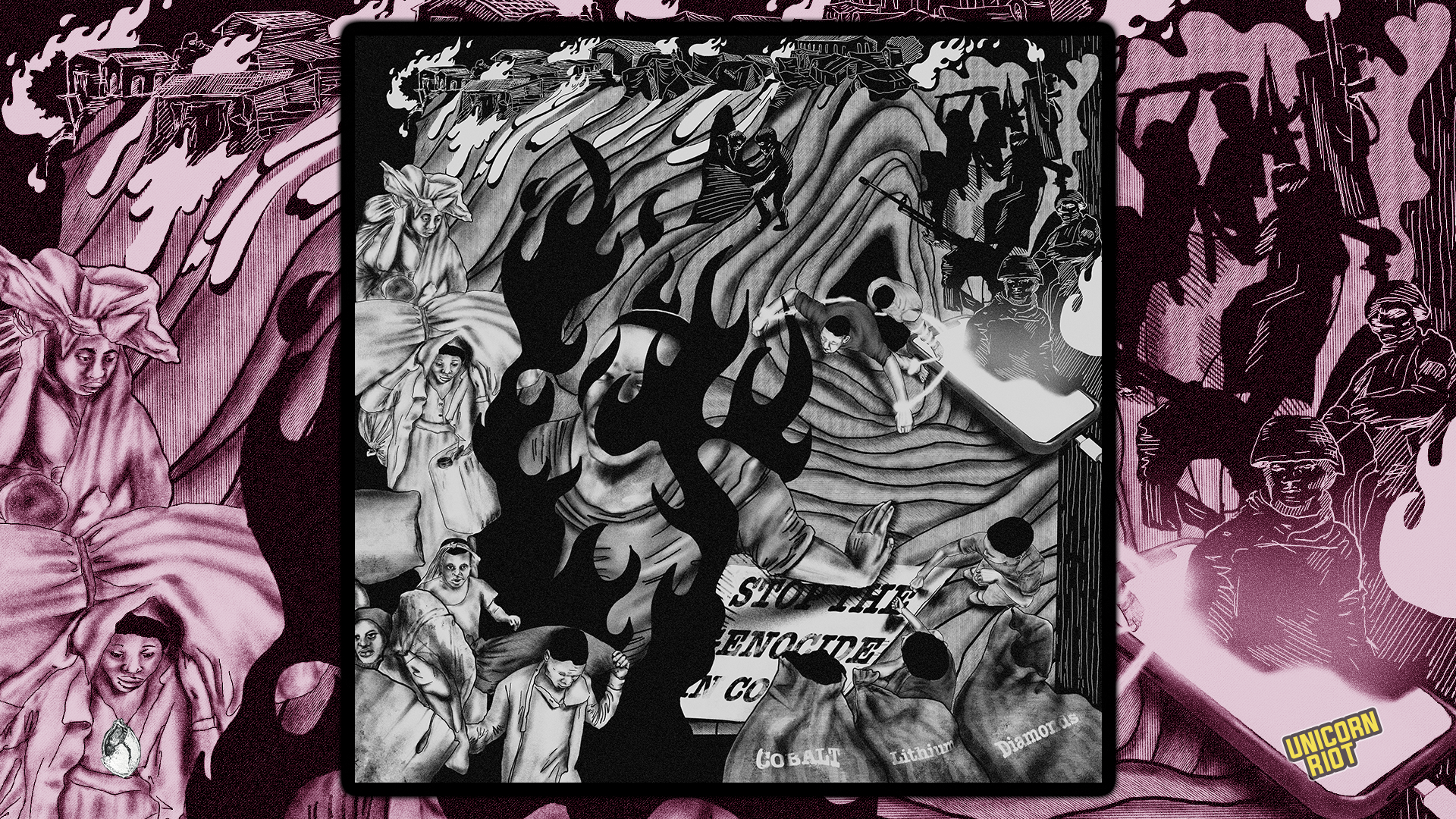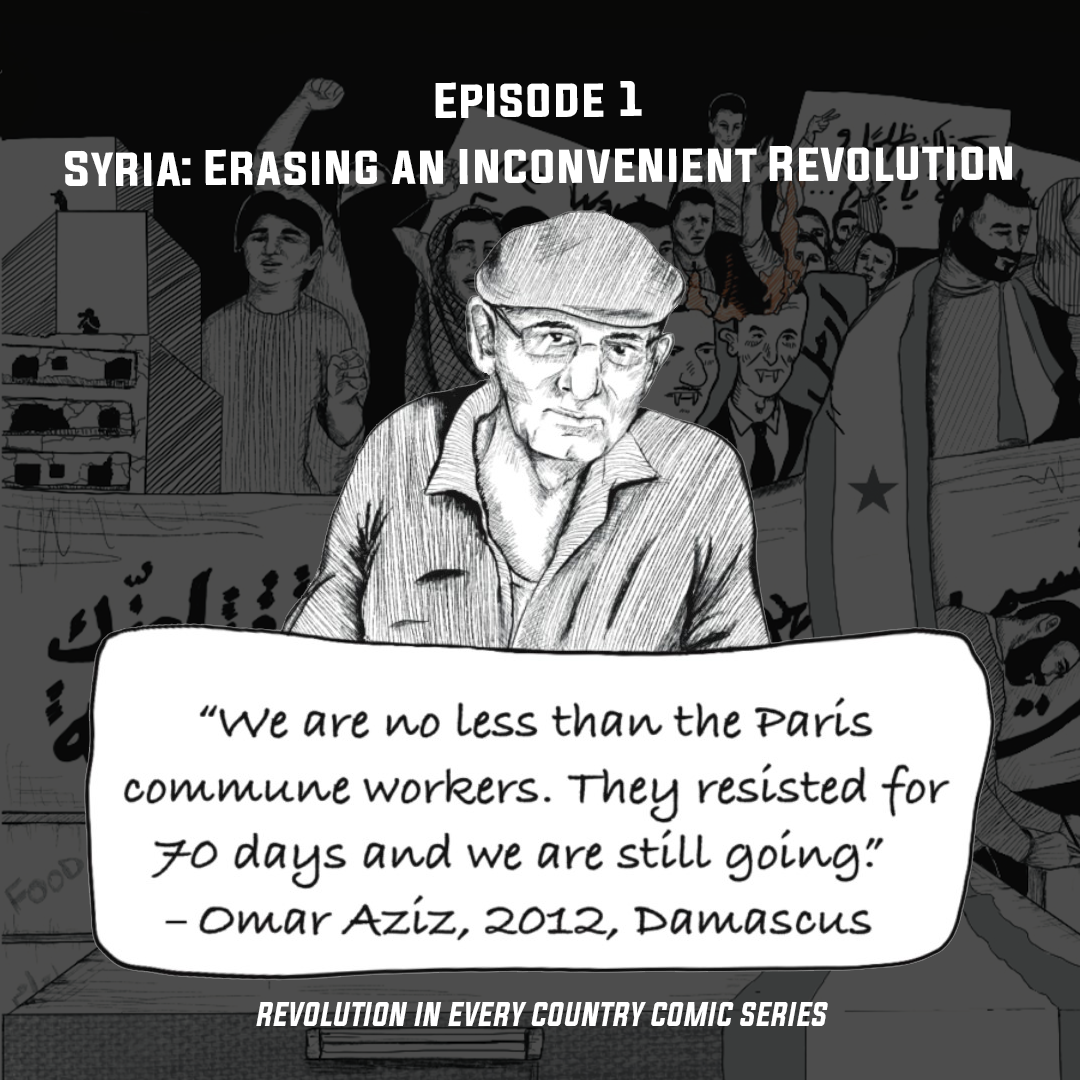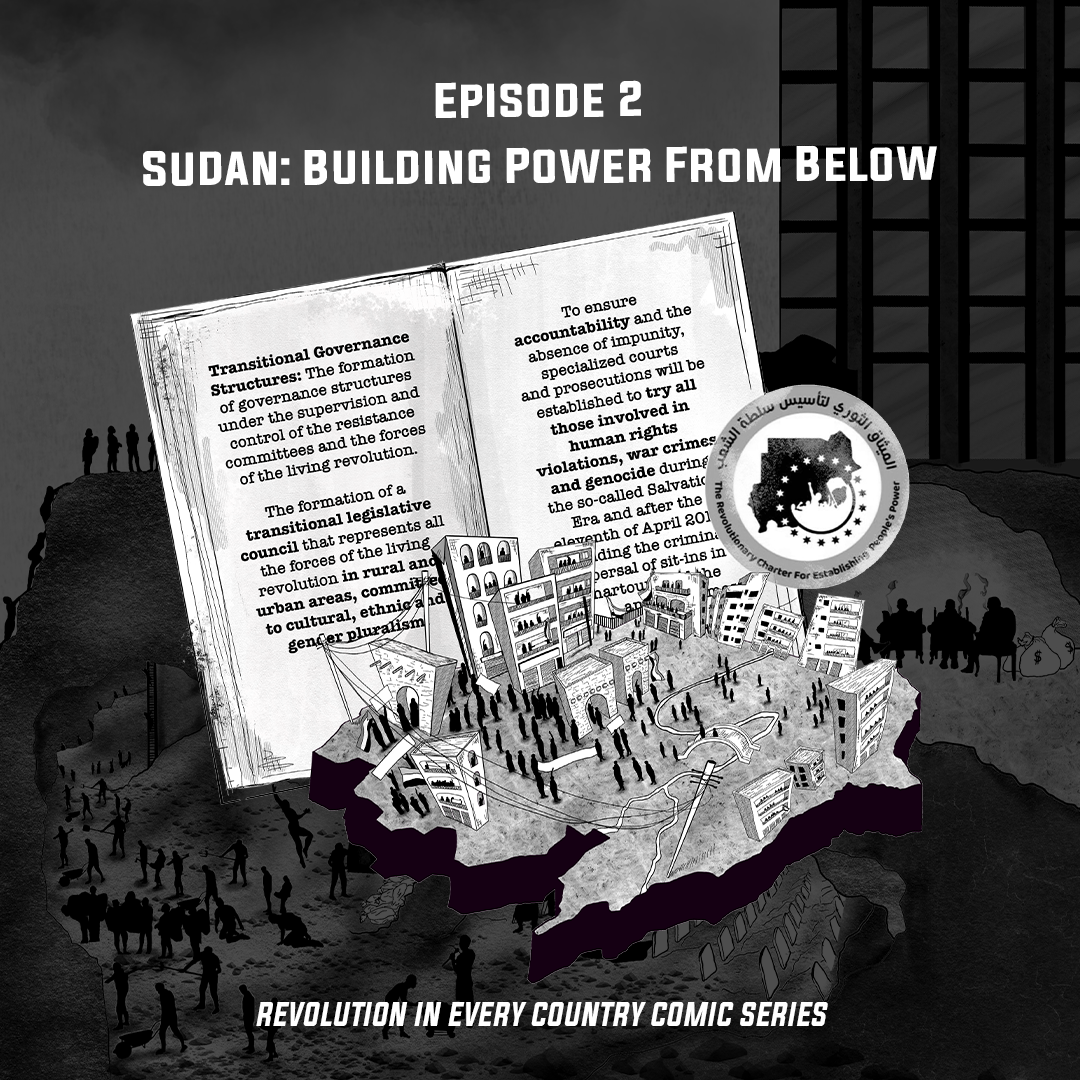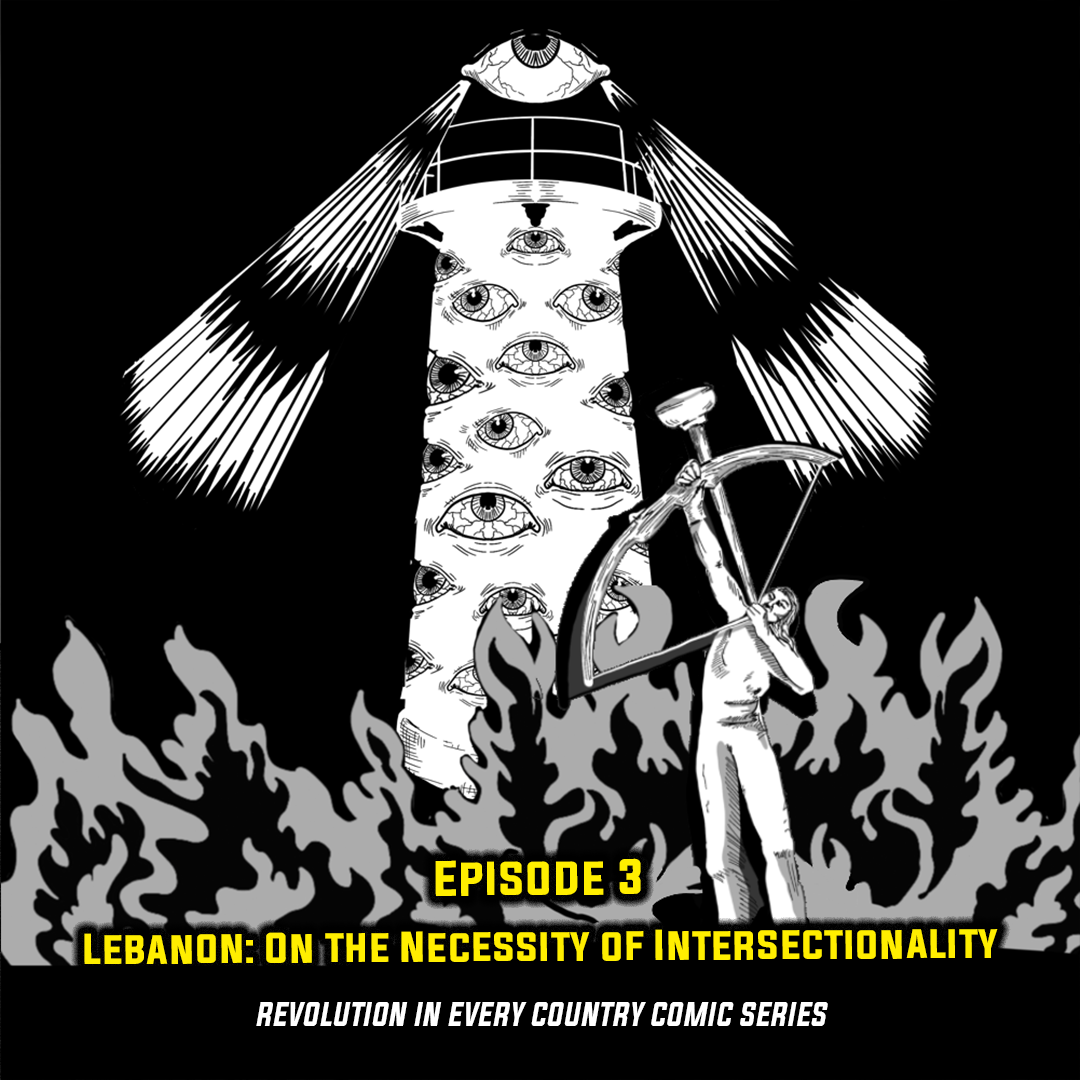Democratic Republic of Congo – The Genocide That Implicates Us All
The Third in a Series ‘Visualizing an Era of Genocide’
Heavy fighting erupted in 2023 between the Congolese Army and several armed groups, most notably the M23 militia, escalating an already disastrous situation. Thousands have been killed, and hundreds of thousands have been displaced. At present, there are 7.1 million displaced people in the Democratic Republic of Congo (DRC). Violence of this scale is not without precedent, with the conflict in Eastern DRC leading to an approximate 6 million deaths since 1996.
In November 2023, an unidentified man in the capital Kinshasa set himself on fire while holding a sign reading “Stop the Genocide in Congo.” Another man, Cedrick Nianza, did the same in 2011 while shouting Congo na nga, Congo na nga (my Congo, my Congo).
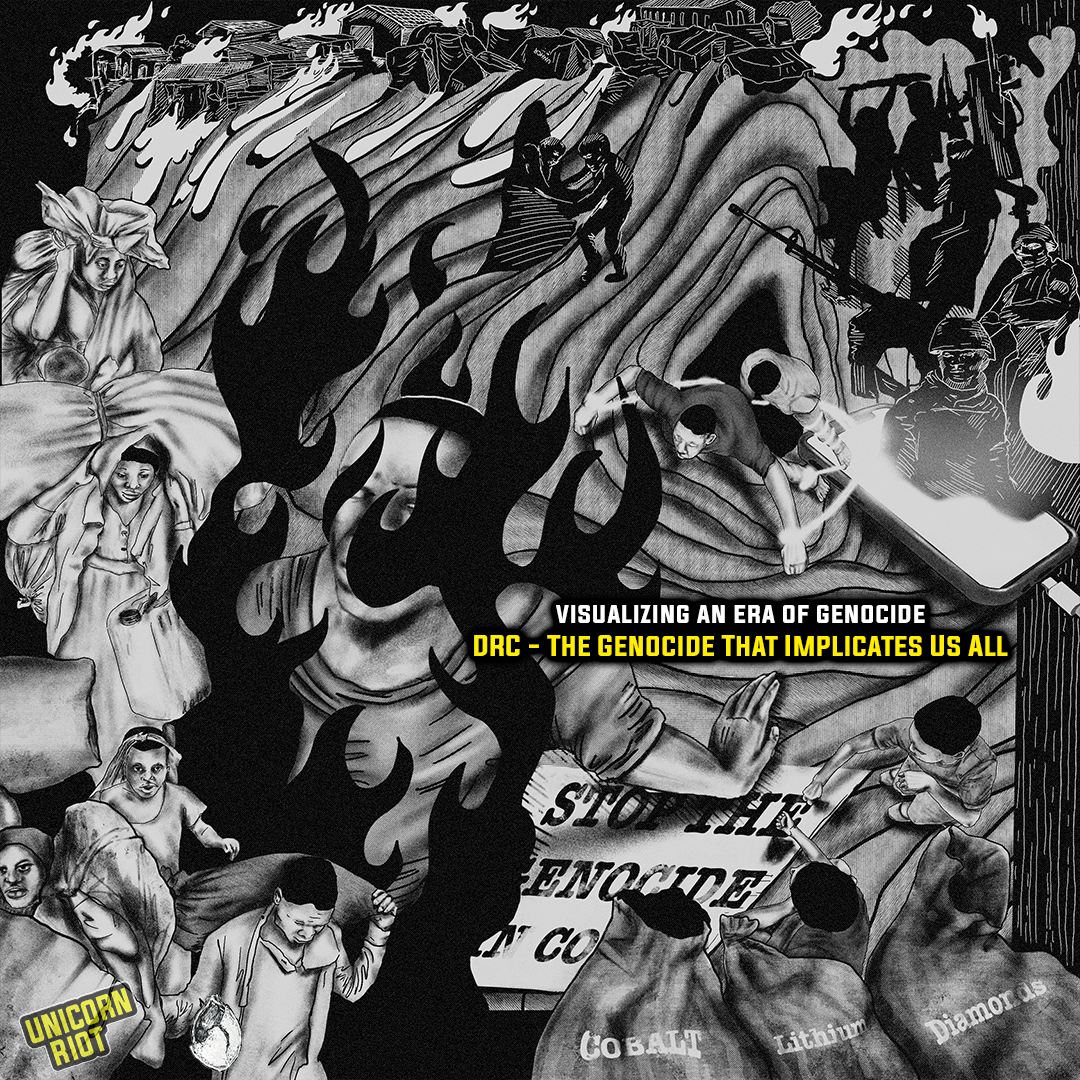
Violence and conflict inflicted on the people in the Congo is not new. Over a century ago, one of the worst atrocities in recorded history occurred with King Leopold II’s genocide of 10 million African people to control the rubber trade during his colonial rule over Congo from 1885 to 1908.
The modern conflict includes ethnically motivated killings, which have been a frequent reality in Congo since the spillover from the 1994 genocide against the Tutsi people occurring in their neighbor country Rwanda. Thirty years later, the M23 claims to defend the Tutsi from further acts of genocide.
Along with the ethnic divisions, the modern conflicts are fueled by a diverse constellation of internal, regional, and international actors with the essential factor driving the violence being control over resources.
Almost all new technology, especially what is described as ‘green tech,’ requires materials such as lithium, cobalt, copper, and tin. The Eastern regions of the DRC are rich in these materials – as well as in diamonds and petroleum – and are thus subject to fierce contestations by local militias, backed by foreign governments (such as Rwanda in the case of the M23 militia), and international capital. Those that mine for these materials experience horrible conditions, with many accounts of slave labor and child labor. These same minerals are bought by international companies and create technologies such as smart phones, laptops, electric vehicles, solar panels, ear pods, speakers – basically anything with a battery.
Many activists are calling for a boycott of new tech and insist that the transition to green technology – a phrase used to indicate a switch to more ecological forms of energy production – cannot be built with the blood of Congolese men, women, and children.
This is the third in a series visualizing genocides across the globe created by Hisham Rifai and Ayman Makarem. See the first two specials, Resisting Starvation in Gaza and ‘Zaghrouda’ in the Midst of the Sudan War below.
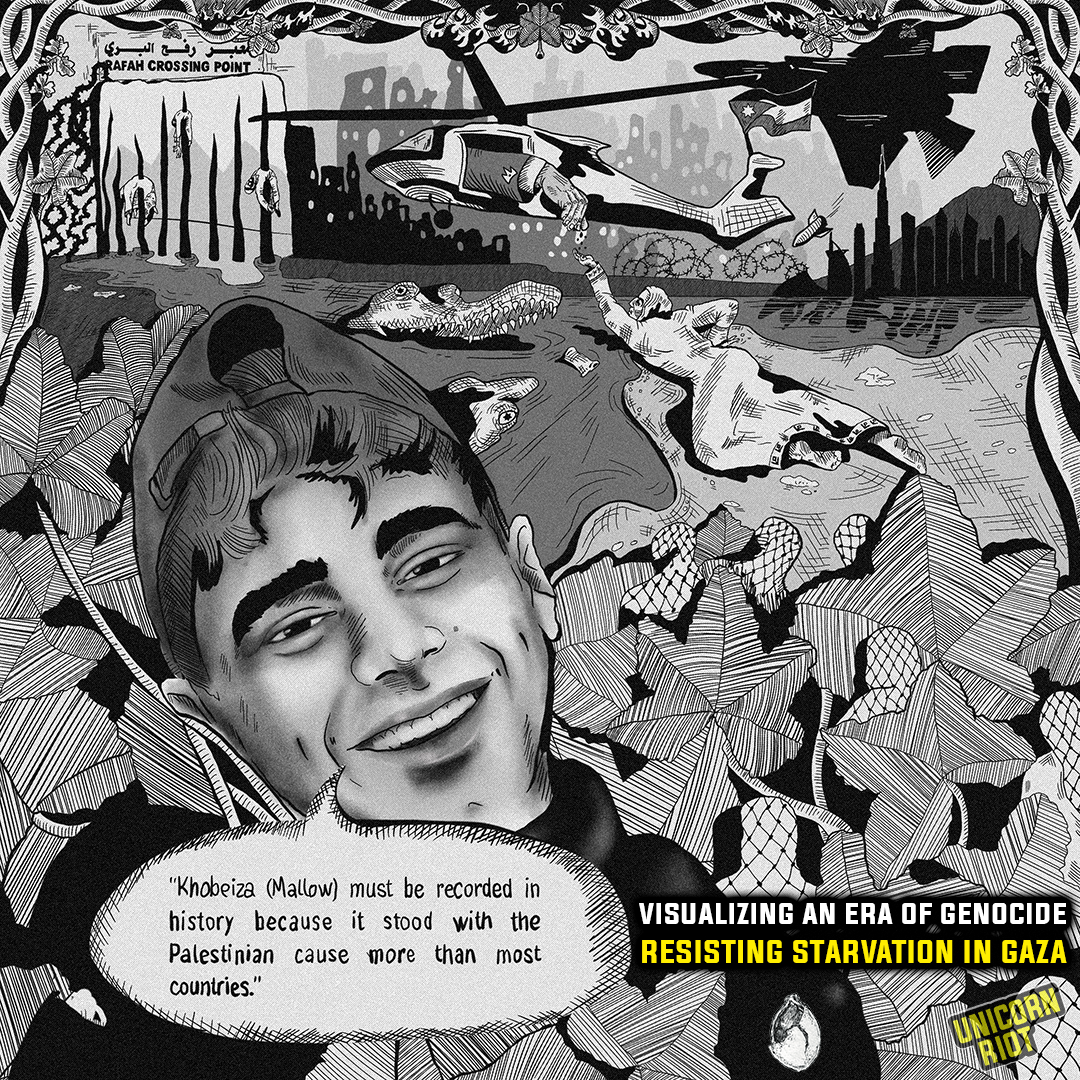
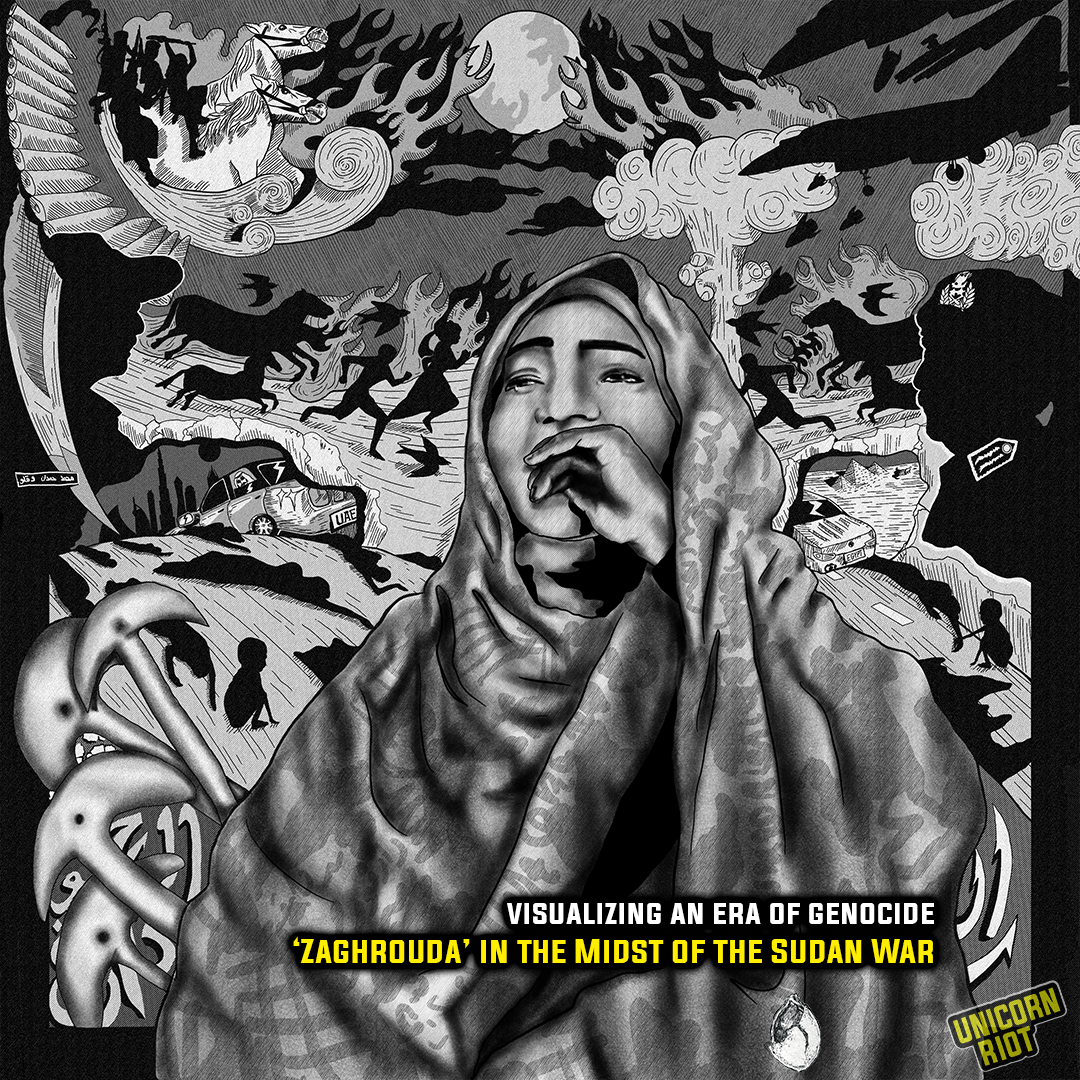
The artistic duo has also created the Revolution in Every Country comic series on revolutionary movement events and ideas in the SWANA (South West Asia and North Africa) region.
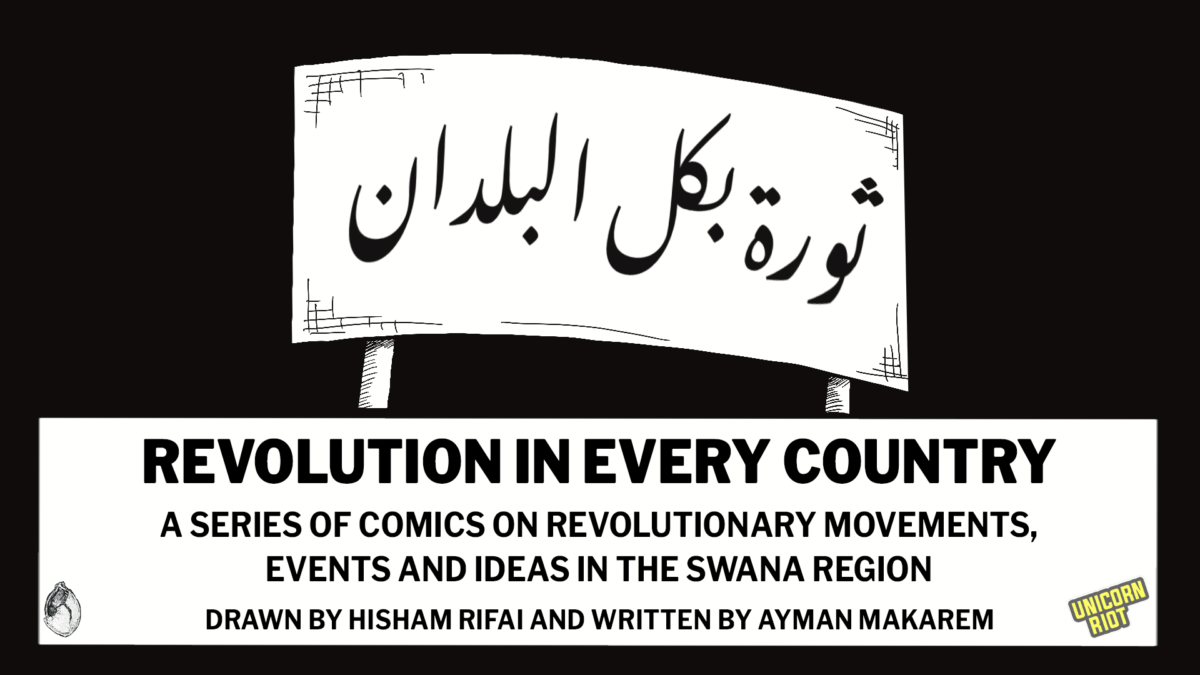
Artist Bios:
Ayman Makarem is a Lebanese writer primarily interested in the intersection of the personal and the political.
Hisham Rifai is a Lebanese artist and illustrator. He is currently based in Antwerp, Belgium completing an advanced master’s in research in arts and design. His work aims to combine political urgency with artistic practices.
Follow us on X (aka Twitter), Facebook, YouTube, Vimeo, Instagram, Mastodon, Threads, BlueSky and Patreon.
Please consider a tax-deductible donation to help sustain our horizontally-organized, non-profit media organization:

